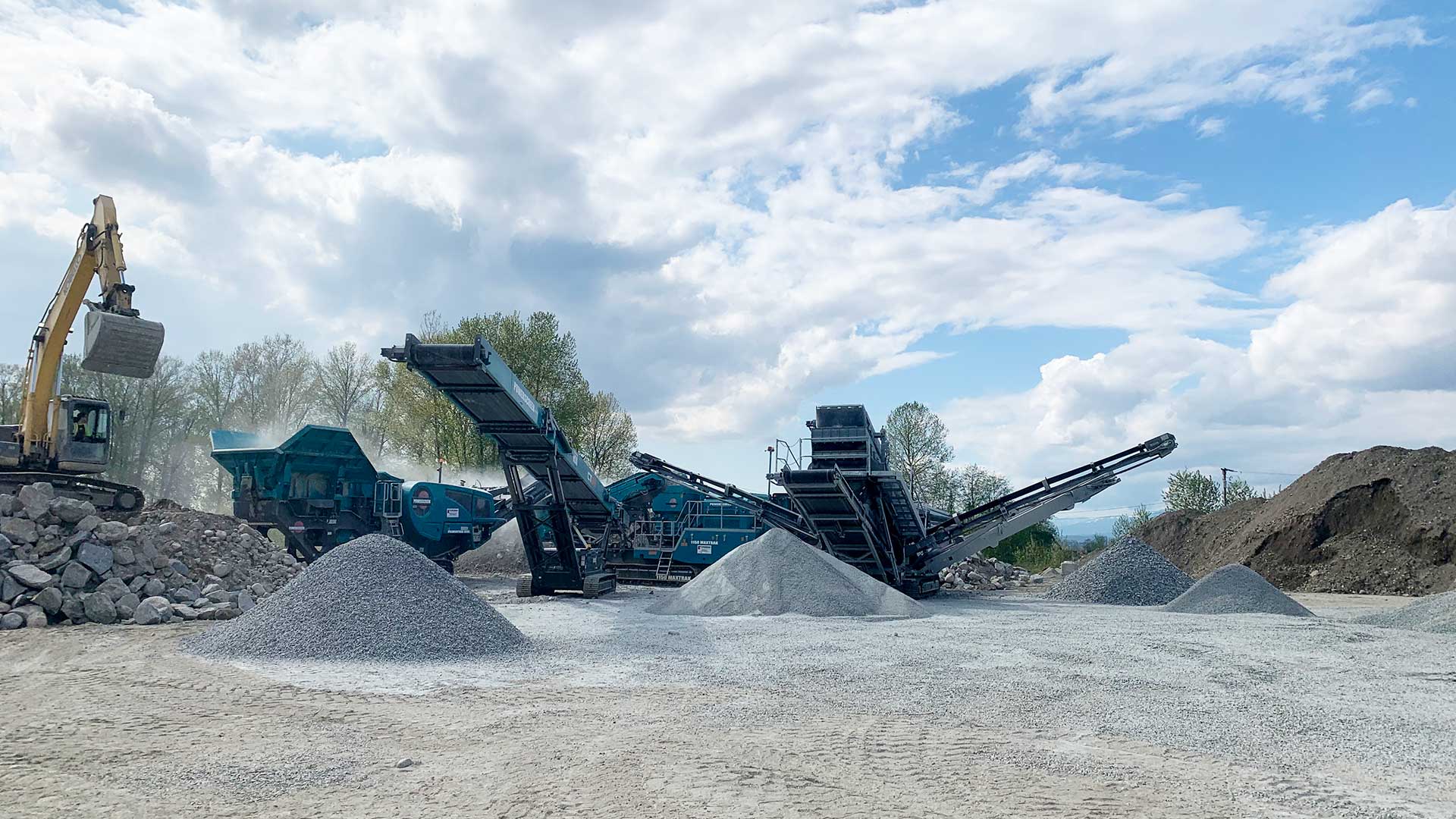
Construction aggregates are the unsung heroes of the built environment. These materials—such as sand, gravel, crushed stone, and recycled concrete—form the literal and figurative foundation of our world. Whether it’s the roads we drive on, the bridges we cross, or the buildings we live and work in, aggregates provide the essential stability, durability, and strength needed for these structures.
Construction aggregates are the unsung heroes of the built environment. These materials—such as sand, gravel, crushed stone, and recycled concrete—form the literal and figurative foundation of our world. Whether it’s the roads we drive on, the bridges we cross, or the buildings we live and work in, aggregates provide the essential stability, durability, and strength needed for these structures.
Despite their critical role in construction, many people take aggregates for granted, unaware of their importance or the significant impact the industry has on our daily lives.
Annual Aggregate Consumption per capita
Despite their critical role in construction, many people arre unaware of their importance or the significant impact the industry has on our daily lives.
Where do we use gravel?
The easy answer is that we use it everywhere.
Gravel and other aggregates are used everywhere in construction. Here are some key examples:
- Residential Construction: A single-family home can require between 160 and 250 tonnes of aggregates. This includes drainage rock to prevent flooding, as well as materials for concrete stairs, floors, driveways, and patios. Even the stucco siding, asphalt shingles, and glass in homes rely on aggregates.
- Large Buildings: Hospitals, schools, and other large structures use anywhere from 2,000 to 15,000 tonnes of aggregates, depending on the size and complexity of the project.
- Infrastructure: Just one kilometer of highway can require 30,000 tonnes of aggregate, while a kilometer of railroad may need around 16,000 tonnes.
What Makes Aggregates Good or Bad?
Not all aggregates are created equal. The quality of aggregates can significantly impact the performance of the construction materials they compose. Here’s what determines whether aggregates are “good” or “bad”:
- Size and Gradation: Well-graded aggregates with a variety of particle sizes offer better workability and strength in concrete and asphalt.
- Shape and Texture: Rough, angular aggregates bond more effectively with cement paste or asphalt, creating stronger, more durable structures. In contrast, smooth, rounded aggregates may weaken the final product.
- Strength and Durability: High-quality aggregates must withstand crushing and degradation over time, especially under heavy loads and harsh environmental conditions.
- Cleanliness: Impurities like clay, silt, and organic matter, as these can weaken the final product and cause long-term durability issues.
How Are Construction Aggregates Made?
The production of construction aggregates involves several key steps:
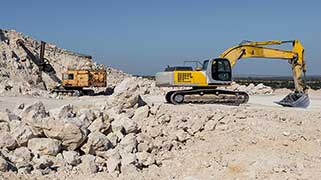 Extraction: Aggregates are typically surface mined from natural deposits such as riverbeds, quarries, or pits. Excavators, loaders, and other heavy machinery are used to extract the material.
Extraction: Aggregates are typically surface mined from natural deposits such as riverbeds, quarries, or pits. Excavators, loaders, and other heavy machinery are used to extract the material.
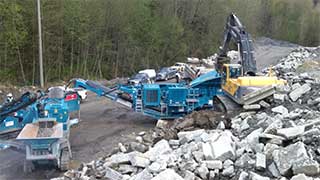 Crushing: The extracted material is transported to a processing facility, where crushers break down large rocks into smaller, more manageable sizes.
Crushing: The extracted material is transported to a processing facility, where crushers break down large rocks into smaller, more manageable sizes.
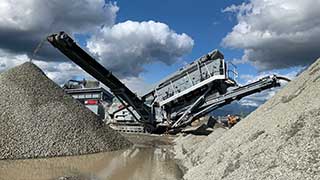 Screening and Washing: After crushing, the aggregates are screened to separate them by size. They may also be washed to remove any remaining impurities or fine particles.
Screening and Washing: After crushing, the aggregates are screened to separate them by size. They may also be washed to remove any remaining impurities or fine particles.
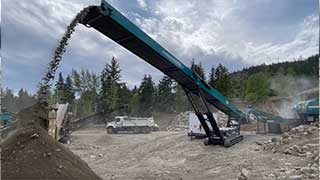 Sorting and Storage: Finally, the aggregates are sorted by size and stored in stockpiles until they are ready for use in construction projects.
Sorting and Storage: Finally, the aggregates are sorted by size and stored in stockpiles until they are ready for use in construction projects.
The Unsung Heroes of Construction
Construction aggregates are the backbone of modern infrastructure, quietly supporting the homes, schools, roads, and bridges that form the fabric of our daily lives. Though often overlooked, these materials are essential to the strength, stability, and durability of the structures we rely on. As our world continues to grow and develop, the demand for high-quality aggregates will only increase, making it more important than ever to understand their value and ensure their sustainable use. By recognizing the critical role aggregates play, we can better appreciate the foundations of the world around us and work towards building a future that is both resilient and resourceful.
